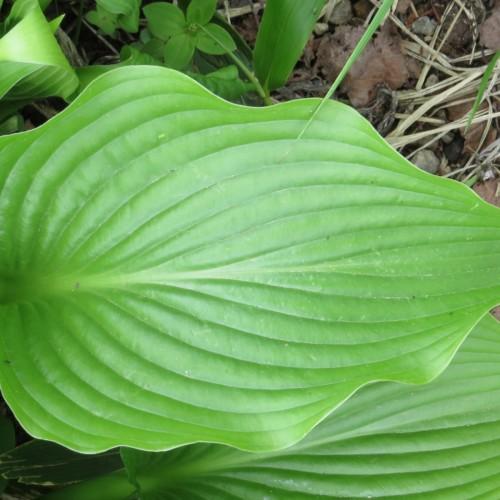
hosta
Hosta rupifraga
Cycle:
Herbaceous Perennial
Watering:
Average
Hardiness Zone:
3 - 8
Flowers:
Flowers
Sun:
Part shade,full shade
Leaf:
Yes
Growth Rate:
Low
Maintenance:
Low
Salt Tolerant:
Yes
Care Level:
Medium
watering
Water your hosta deeply and thoroughly once a week during the growing season, spring through the end of summer. Keep soil evenly moist but not soggy to avoid root rot. On hot, dry days, check soil moisture to make sure the hosta is getting enough water. As a guide, look for signs of wilting to know when it's time to water. Potted hostas will need more frequent watering in the hot months. If you want to be sure that the hosta is properly watered, check about 2 inches into the soil-if the soil feels dry, water the plant.
sunlight
Hosta (Hosta rupifraga) grows best in part shade, meaning it needs 4-6 hours of direct sun or bright indirect light, preferably in the morning. Avoid placing hosta in full shade or full sun. Too much direct sunlight can cause leaf burn and decline of the plant. Too little sun can reduce flowering or cause the foliage to become spindly or pale. Hosta will also appreciate some protection from strong winds.
pruning
Hosta (Hosta rupifraga) should be pruned at the end of the growing season in the late summer or early autumn when the plant has stopped flowering. Pruning should be done to remove dead and decaying foliage, and to thin out the plant to promote better air and water circulation. The amount to prune from the plant depends on its size and the desired result, but usually, no more than 1-third of the foliage should be removed. For larger plants, prune only a few leaves and avoid cutting into the main growing stalk; for smaller plants, it is more beneficial to remove more foliage. Also remember to Shear excessively tall foliage that has become leggy to improve the overall look of the Hosta.
